I think it is like the green one, although if there are living beings in the middle, they can be thunderstruck by the current. The green one considers that the earth has a charge.
We generally assume that the charge of Earth is neutral. For a DC link as you describe current leaving the ground at the feed end and travelling through the transmission line must enter the ground at the other end.
As you probably suspect already, the current will not travel in a direct path back to the feed end but will spread out a bit like the magnetic lines of flux on the bar magnet and iron filings experiment.
A bigger engineering problem is that the electrolysis of any ground connections. With an AC electrode there might be some chance of acceptable lifespan but for DC it will be eaten away very quickly.

Figure 1. Consideration of ground return and metallic conductor return is given in Ireland's Grid West Project HVDC Technology Review section 2.2.2.1.
This report also points out problems with corrosion of third-party buried metal pipelines and magnetic saturation of transformers. It might be worth a read. (It might be worth my while reading it too as it passes close to my home.)
My understanding is that for the reasons listed above that a return conductor is a better engineering solution. This may initially seem wasteful but there's a benefit: the voltage can be split into a symmetrical supply arrangement. If, for example, a 1 MV DC is required then the supply would be configured as ±500 kV. The savings come in the reduced insulation costs and, presumably, easier handling during installation.

*Figure 1. Route map with options.
At the moment a project to lay the 575 km Celtic Interconnector between Knockraha substation in Cork, Ireland, to the La Martyre substation in Finistère, France, is proposing ±320 kV or ±500 kV for transmission. Capacity will be 700 MW and will cost €1 billion. (The Republic of Ireland's peak demand is in the order of 5000 MW so this is > 10% of that.)


